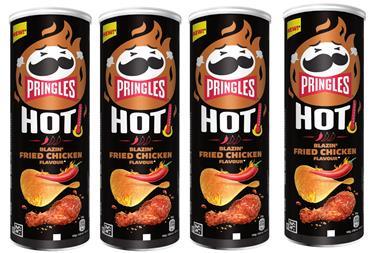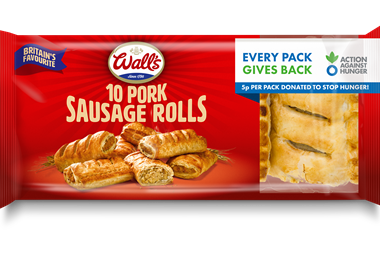In 2008 30 million adults in the UK suffered from a cold. And, according to Mintel’s Global Market Navigator, we’re expected to cough up £521m on over-the-counter (OTC) cold remedies this year.
Mintel senior market analyst Diana Nhan says the market has seen 70% growth since 2005, with cold and flu decongestants representing the majority of sales, but with cough remedies also popular.
Reckitt Benckiser Healthcare UK trade marketing controller Steve Watson reckons the cough and cold remedies sector offers a huge opportunity for c-stores: “Advice from GPs is to stay at home when suffering flu symptoms, and therefore consumers will be more likely to pop into their local store to buy OTC medicines. Retailers need to make sure that OTC medicines are moved to a more impulsive location.
“The independent retailer can learn from the experience of the multiples and, if possible, should give front-of-counter space to OTC medicine. Doing this could have a dramatic impact on the healthcare performance within this channel.”
He says consumers buy by brand and then by format so having top brands on sale is an absolute must.
There are four key categories for the winter remedies fixture: cold, flu and decongestants; sore throat treatments; children’s pain; and cough remedies. Watson says that during the winter these categories make up 55% of OTC sales in the impulse market. What’s more, 45% of all sore throat treatment unit sales are made through the impulse channel (Nielsen, September 13, 2008 to February 21, 2009).
Watson continues: “Cold, flu and decongestants is one of the top-performing categories in the winter season and retailers need to ensure that they stock a key range which will include choice for consumers. And, because children should not take adult medicines, it is important that a range of children’s medicines is also stocked. Within this, retailers need to ensure there is one ibuprofen-based product, such as Nurofen For Children Strawberry 100ml, and also a paracetamol-based product.”
Cold and Flu
Meanwhile, GlaxoSmithKline’s Beechams brand claims to be at the forefront of cold and flu new product development following the recent launch of the Beechams Ultra All in One range, comprising capsules and hot lemon menthol drink. The company says this is the strongest OTC cold and flu product range available from Beechams.
Both lines contain three maximum strength active ingredients, paracetamol, phenylephrine and guaifenesin, to help relieve headaches, blocked nose, sore throat, chesty cough and fever. A new pack has been designed for the launch, which will be rolled out to the rest of the All in One range.
GSK says the brand’s strategy is to give cold and flu sufferers greater choice to fight their symptoms. Both products have rrps of £4.88 for the capsules that’s a pack of 16 and for the drink, sachets of 10. New shelf-ready packaging highlights the ‘strongest all in one from Beechams’ claim to increase impact at point of sale.
The launch is backed by a £6m national TV and radio advertising campaign.
Sore throat remedies became much more convenient earlier this year when Strepsils was launched in Handy Tubes. The new compact pack size is being sold in tandem with traditional blister packs, but has been developed to sit alongside medicinal confectionery as a front-of-counter product. It is available in honey & lemon, as well as the latest variant, cool sensation.
The launch is backed by a £4m national TV, radio and outdoor advertising package its largest-ever marketing spend for the sector.
Medicated Confectionery
Finally, while there’s no doubt that big brands dominate the medicated confectionery market, Jonathan Summerley, senior buyer at Hancocks Cash & Carry, recommends that retailers should also consider regional brands.
“We stock a wide selection of regional brands which perform well in particular areas of the country. For example, Grays Herbals sell well in the Midlands, especially around Birmingham, while Jakemans Throat and Chest are very popular in the North.
“These regional brands can attract a slightly different audience as they are sold loose in a pick and mix format, or the retailer could bag them up. Selling as a weighout, they can attract a higher margin than the core branded products.”






















No comments yet